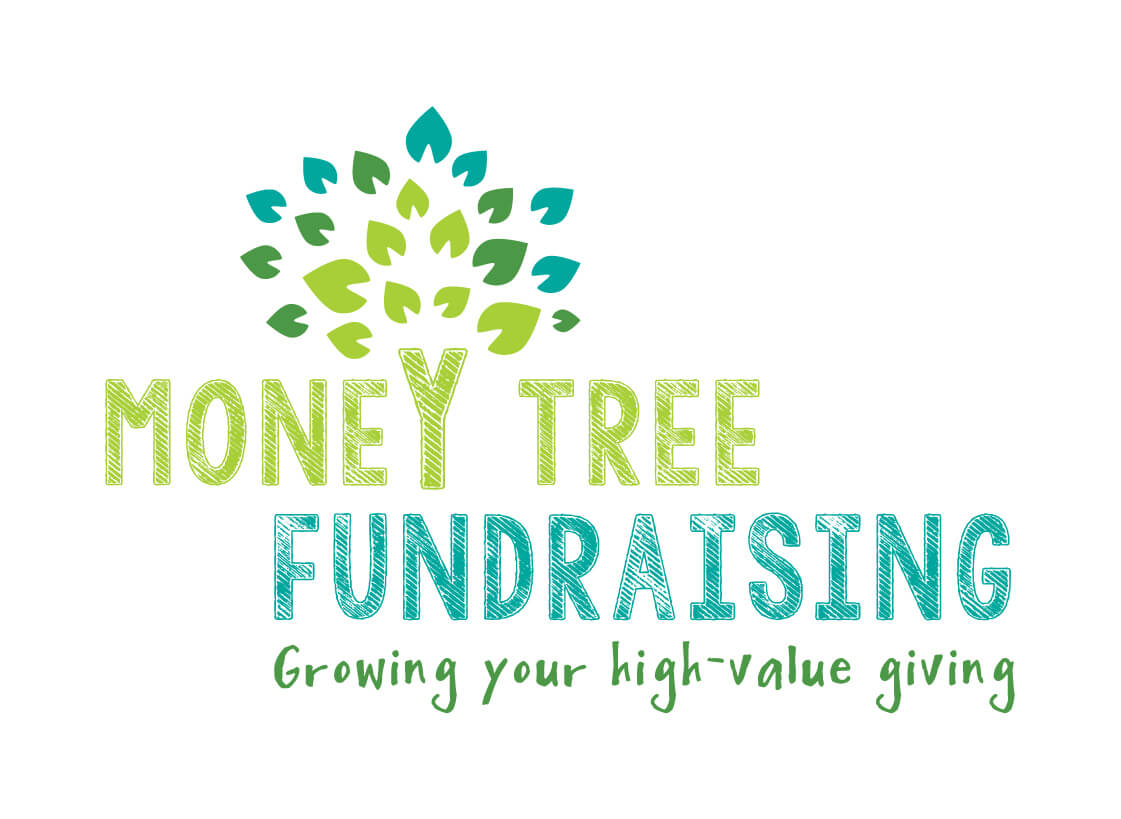A question I am asked a lot is “how do you define a major gift”? And I always draw this (not always this neatly):
The line of economy marks the point at which it is no longer economically valid to adopt a one-to-one approach with that donor and so you move to a one-to-many approach.
I can’t tell you where that point is without doing some analysis. Nor can you.
One thing I often don’t explain is that it is unlikely that your donor-volume-by-gift-amount would create a neat pyramid. In fact the gift pyramid for one client I’ve worked with recently would look like this:

This charity does very well from lots of small gifts, with a only few trusts and wealthy individuals making significant gifts and a few companies offering significant in-kind support.
And another like this:

This charity only gets donations from a few key organisations: charities, trusts and companies. They get no small-level donations at all.
Based on donation type (and definitely based on knowing them) they have little in common. Except that they both have a line of economy, whether they consciously know it or not.
Big Gift, Major Gift, Major Donor – call it what you will – Fundraising isn’t defined by a set gift amount. It is defined by its approach: taking the time to develop a relationship with a person over time in order to ask for a commitment.
This approach makes most sense with the tip of your giving pyramid: those who do (or can) give the highest amounts. This offers the best return for your investment of time, effort, energy (and budget). How far down you go depends on the gift potential versus the cost of time, effort, energy (and budget) making sense.
Give your major donor programme a health check now
